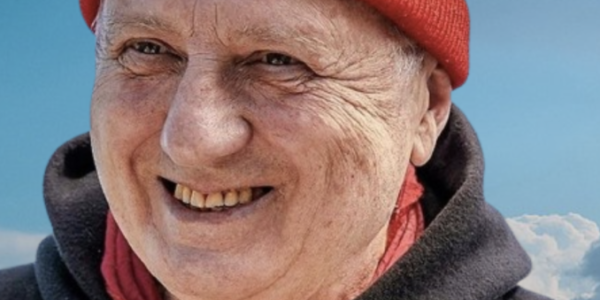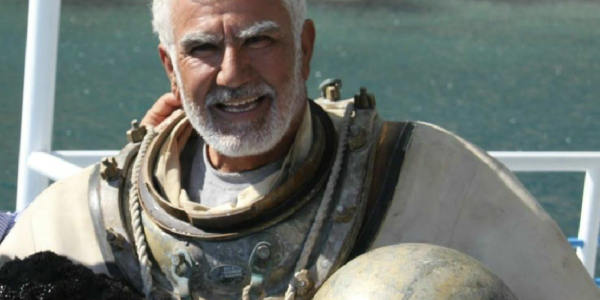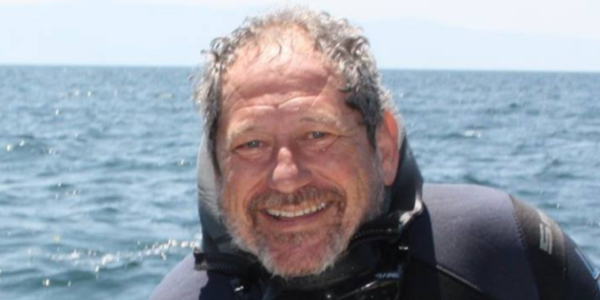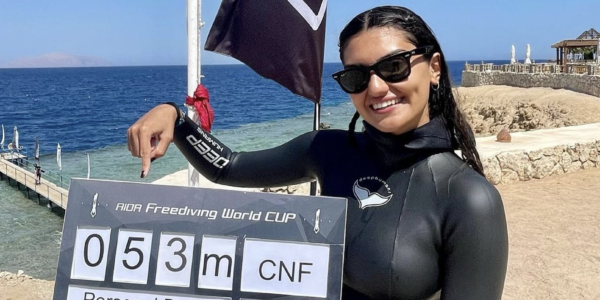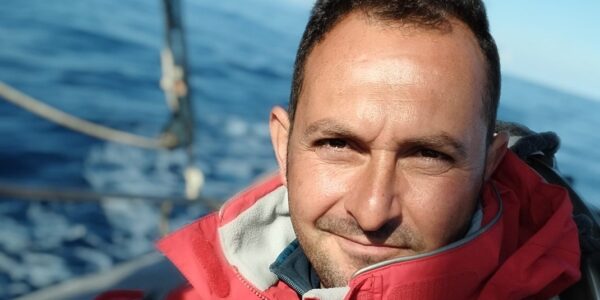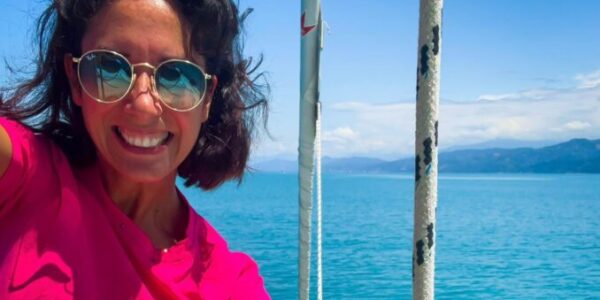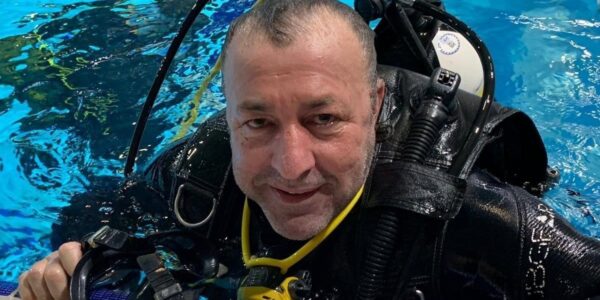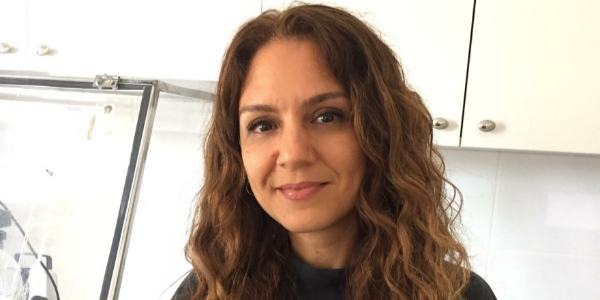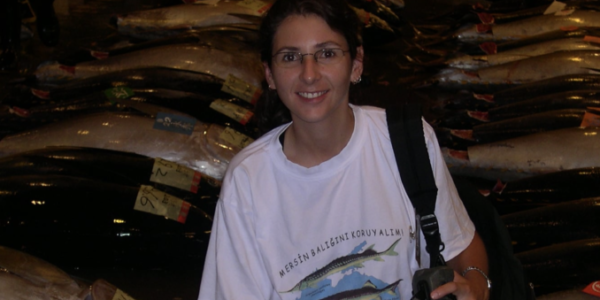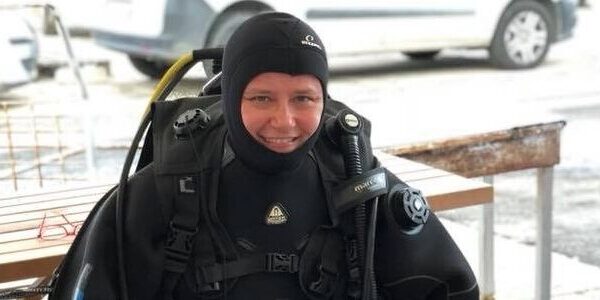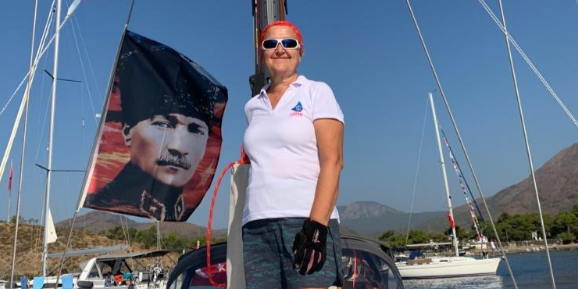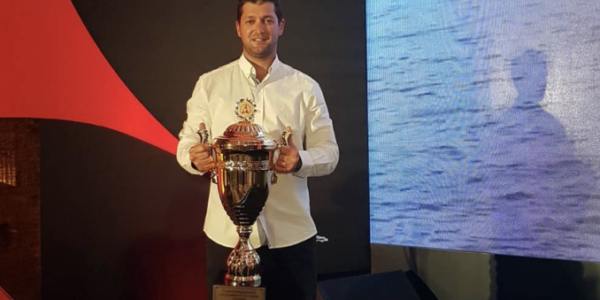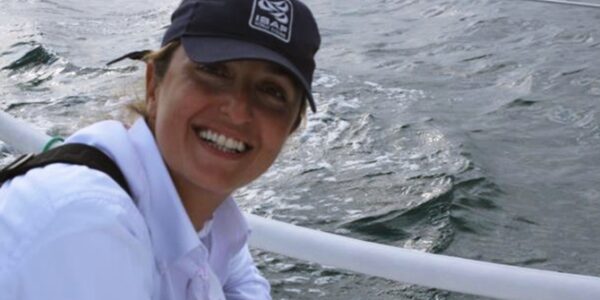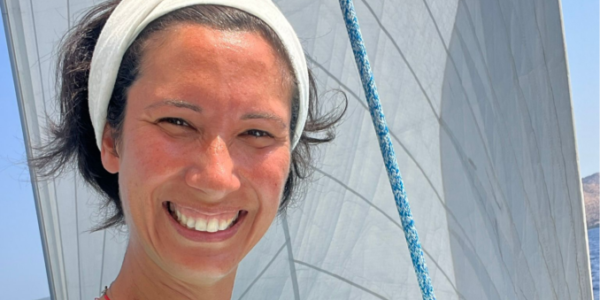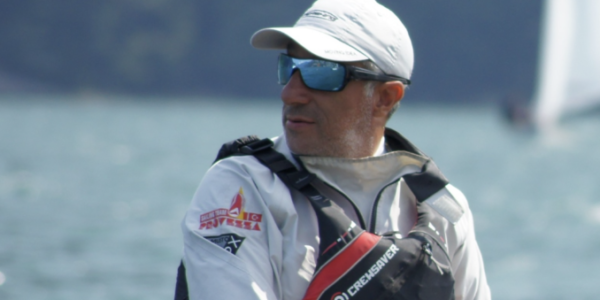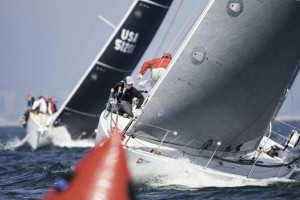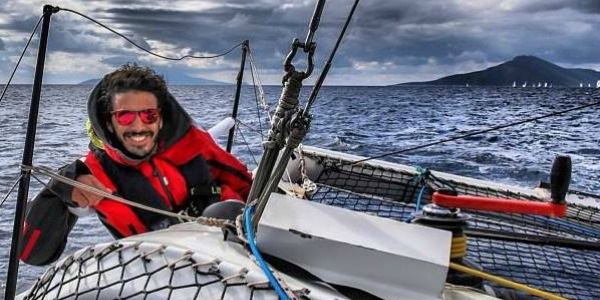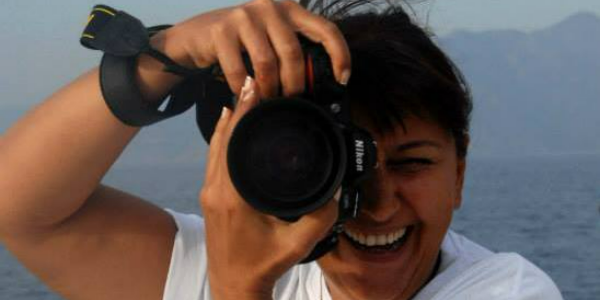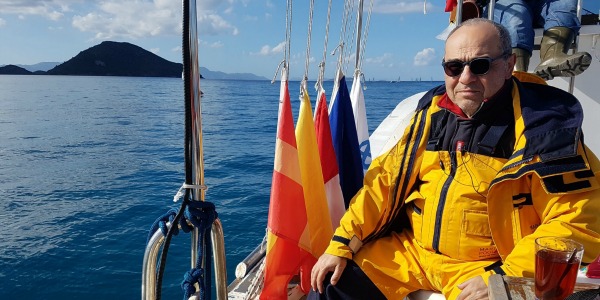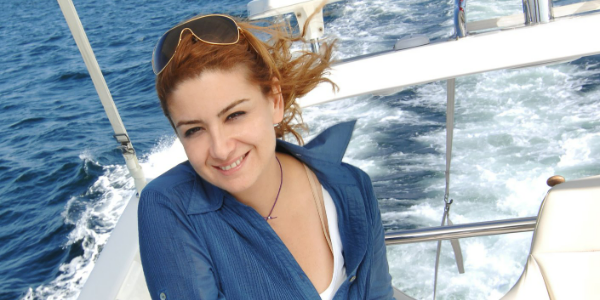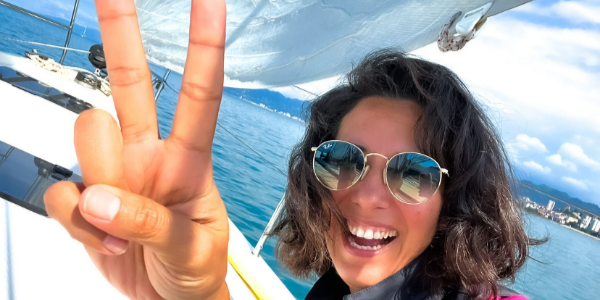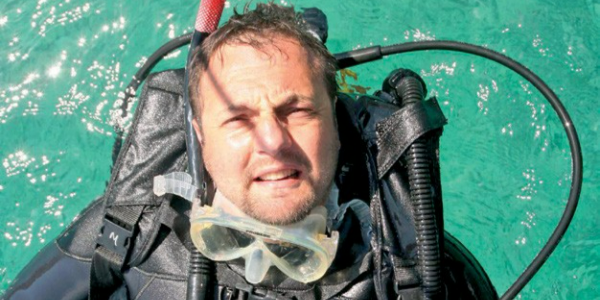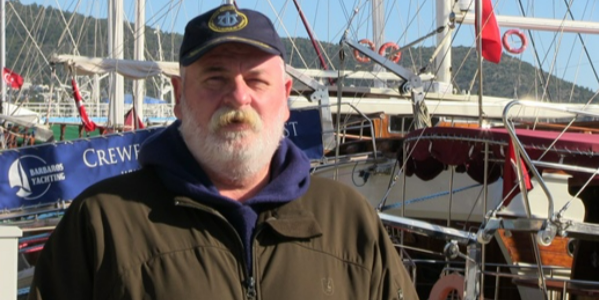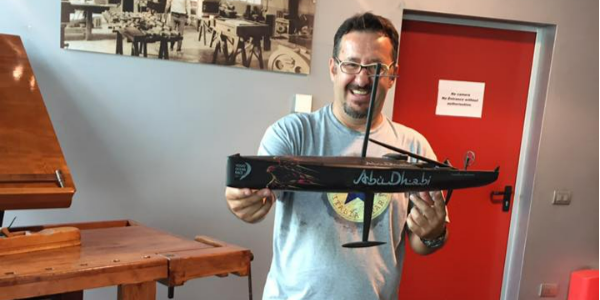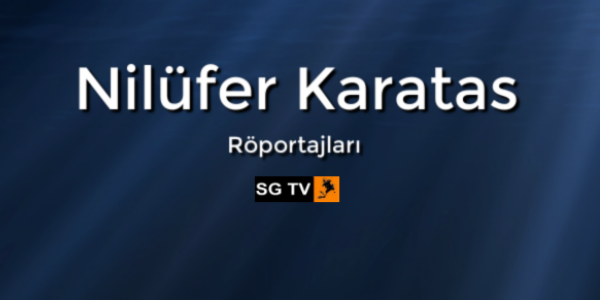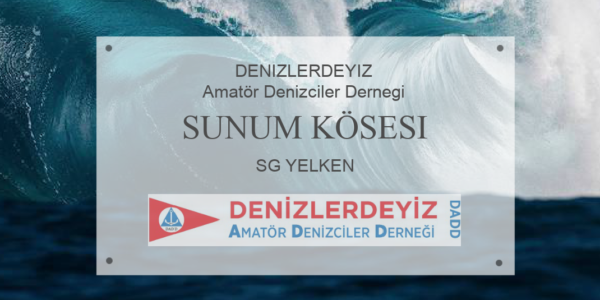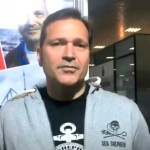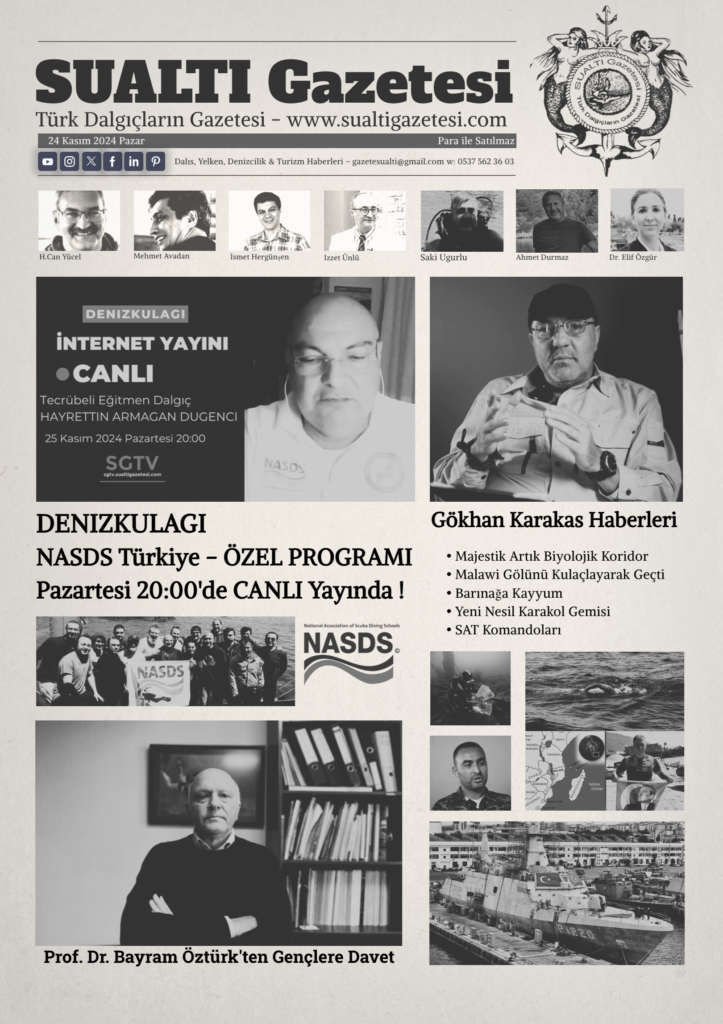Don’t you hate it when you round the weather mark in the top group and immediately lose distance and positions to crews that jibe right away? There you are, dread in your eyes, watching your lead slip away. It’s worse when you’re the one who jibes away, only to witness the rest of the fleet leaving you in their wake. “Why did we just do that?” you ask. Whenever you find yourself in either of these situations, it’s usually because you have only a vague plan about what you want to do, and it doesn’t pan out. You must have a strategy for exiting the weather mark, one that’s based on your positioning, keeping your air clear, and avoiding traffic.
One of the first things you should ask yourself is whether the beat is skewed. If the wind speed is constant and you’ve spent the majority of the weather leg on one tack, your downwind leg will reflect the same disparity of time on either jibe. In other words, if you’ve spent a lot of time on starboard tack while sailing upwind-because the breeze is shifting to the right, for example-you’ll be spending a lot of time on port tack downwind. By jibing to port early in the run, you position yourself on the “long tack” to the leeward mark. This is the headed tack relative to the course geometry-remember that you want to sail the headed tack downwind.
Jibing to port right away will position you directly upwind of the leeward mark sooner, allowing you to take advantage of any shifts from a dead upwind position rather than from an edge. I generally point this out to the rest of the crew near the top of the beat and then keep my eyes open for any late shift.
Article Continues Below:
Next, determine if there’s more wind on one side of the course. This determination comes from observations that you make during the upwind leg and before the start. The side with more pressure will generally be your top priority if all other factors are constant. It’s beneficial to get to more breeze, but the question is, “How do I get there without sacrificing position?” Generally, it’s best to be the weather-most boat when there’s more breeze on one side of the racecourse. You get to the breeze first and can sail a lower course than boats that either jibe later or sail away from the wind. It’s critical to identify whether or not there’s more breeze on one side or the other. For example, make sure the pressure you felt on the right while going up the beat wasn’t just a random puff or a filling breeze that has since covered the entire course.
Don’t forget about current when sailing downwind; it’s important because it skews the run. If the current is going perpendicular to a course that’s square to the wind it’s important to get to the upcurrent side (the side from which the current is flowing) because that will be the longer jibe. Positioning your boat upcurrent also allows you more freedom to play the shifts farther down the leg. If you sail downcurrent initially, you’ll spend the rest of the leg trying to get back to the center of the course in order to take advantage of shifts. The lighter the wind, the more important it is to be upcurrent because you’re going slower through the water and the vector aiming toward the mark gets skewed in the direction of the current.
Whether due to a windshift, tidal effect, or better wind to one side, make the rest of the crew aware which side is the favored before you round the weather mark so they can be ready to do whatever it takes to get there.


